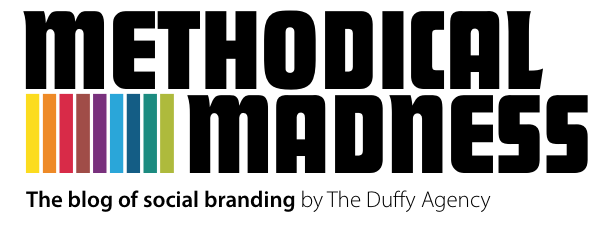The end of whitelisting: What it means to Twitter developers and marketers
 Tuesday, February 15, 2011 at 9:00AM
Tuesday, February 15, 2011 at 9:00AM Last week, Twitter announced that it will no longer whitelist applications. And this could mean the death knell for thousands of companies.
Most third-party applications such as Tweetdeck use an API (application programming interface) to get data such as @replies, mentions, etc. In order to keep their systems running optimally and not crash, Twitter imposes a limit on how many requests (API calls) these programs can make on Twitter's servers. However, data-intense applications such as Klout or TwitterCounter need more API calls than are normally allowed in order to function. To help these heavy users, Twitter created a whitelist, that allowed certain programs the ability to go over the request limit.

Twitter is trying to get people to start using their streaming API, but this does not allow you to data mine older content. So you may be able to collect data from now and for the future. But historical data will be nearly impossible to come by.
So for new companies this is bad news. Many developers have had their application into Twitter for whitelisting while developing their data-hungry apps. These apps will now be killed or die on the vine unless people can find a work-around. One of which is to pay Twitter data resellers, a whitelisted application, Gnip for historical Twitter data. (It would seem that this is the one company that is happy about this news.)
For marketers this could also mean a crimp into insight. The development, especially of social media tools, seems to be less linear and more detached. One company develops a product, another company sees it and adds onto it creating a more powerful app, and so on. As if innovation leapfrogs from company to company.
Many applications right now provide a huge amount of data concerning Twitter. But like any new technology most of these sites are rudimentary. By stopping whitelisting, Twitter could be stopping innovation that would help marketing companies further mine Twitter data for trends and similar qualitative and quantitative insights. Our hope now remains with those companies that were grandfathered in that they will continue to innovate and make their products even better.

Reader Comments (2)
Mark